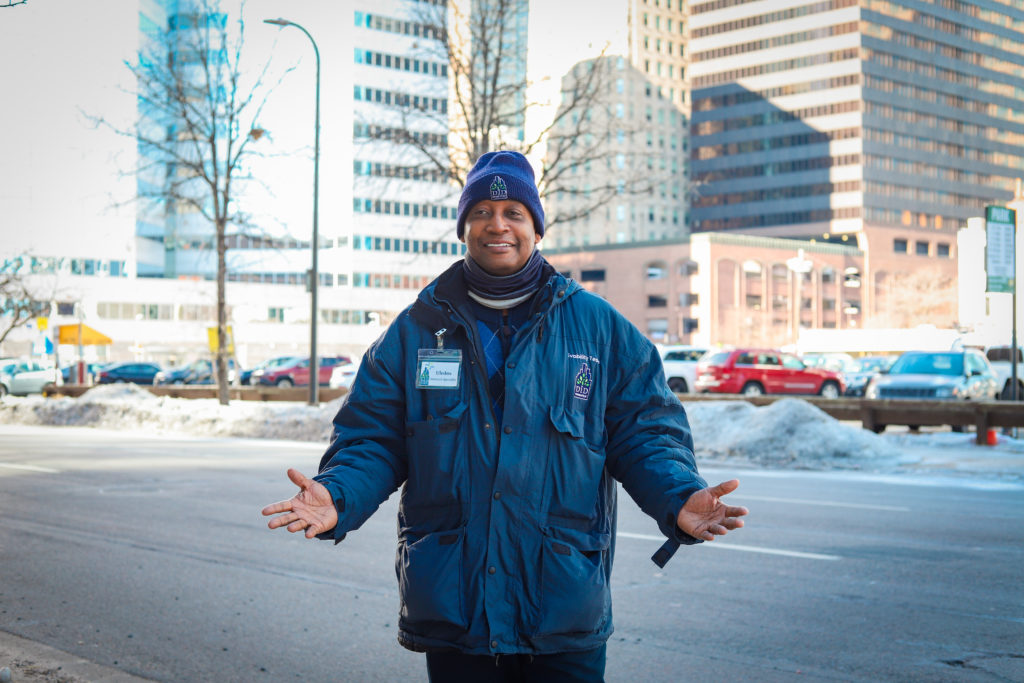admin bbb
No Longer the Underdog
Ambassador Spotlight: Uledus Roseman
In 1991, Uledus Roseman left his past in Missouri and arrived in St.Paul, Minnesota, with only $50 in his pocket. He craved a fresh start, but the journey ahead still held many challenges.
Growing up, Uledus did not have an easy upbringing. He was raised by his grandmother in Sedalia, Missouri. Once he turned eight, Uledus was reunited with his mother in Oakland, California. He witnessed the abusive marriage his mother was in, which negatively affected his educational abilities.
While attending Hamilton Junior High School, Uledus’s mother frequently pulled him out of school. Unable to stay on track with his peers, he developed learning differences and a stutter, setting another challenge before him. Uledus was put into the special ed program, preventing him from achieving a high school diploma. Instead, the school awarded him a certificate of attendance.
“I felt like the underdog my whole life,” Uledus shared.
Up until his early thirties, he battled with substance addiction, but he didn’t stay the underdog he presumed himself to be for long. Uledus felt a spiritual guidance to take control of his life and rise like a phoenix.
“I was always so hard on myself, but I have so much to prove. I didn’t want to let people down,” Uledus said. The memories of his two special ed teachers encouraged Uledus to strive for more.
“They invested so much time in me. They were like my moms away from home,” he added, “I wanted to break the underdog mold.”
He enrolled at the Minneapolis Community and Technical College to pursue a degree in addiction counseling. Due to his learning challenges, Uledus had his work cut out for him. He needed to start his degree by taking high school-level English and reading classes.
“I flunked the high school level English twice before I could pass it,” he added, “I even had to get a tutor to help.”
Uledus landed an internship opportunity working at a transitional center while attending college. After graduation, he gained experience working as a chemical dependency tech and a CNA at a veteran’s home before pursuing his career in outreach work.
He joined the Livability Team with the Minneapolis Downtown Improvement District and Block by Block in 2021. He began helping the city’s vulnerable population by connecting them with the right resources or providing quick assistance.
“This job has changed my life in so many ways,” Uledus shares, “This job is like a Tylenol because whatever you have going on in your life, it doesn’t compare to what some people experience.”
He witnessed some difficult things on the field, but it hasn’t discouraged him from continuously supporting his community. Uledus’s desire to help others rise pushed him to discover a passion for motivational speaking.
He often braves the starling cold while most people are sound asleep to record motivational messages for his YouTube channel. In his videos, Uledus discusses life and creating a vision for the future. Some of his videos include “Living a Clean Life”, “Your Thermostat of Life” and “The Front Row”.
Uledus hopes to inspire others to work hard and overcome their challenges. Because he was deeply motivated by his special ed teachers, he hopes to do the same for other high school students.
“It’s more than just doing motivational speaking. I want to bring that motivational element to anything I do,” Uledus said.
